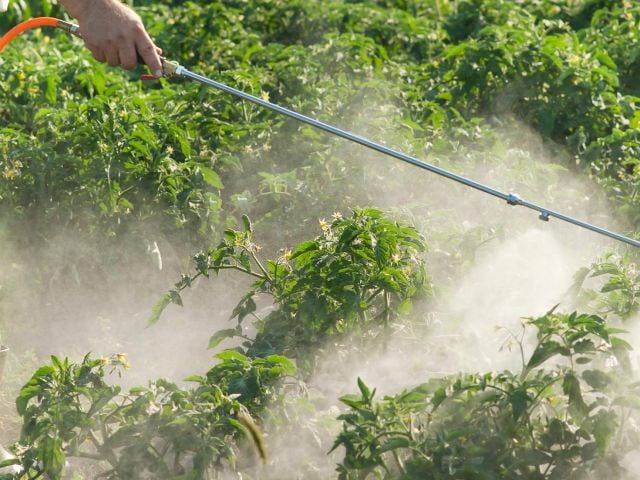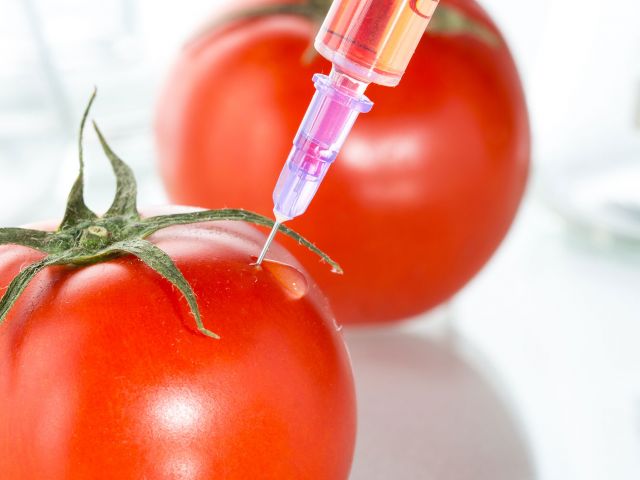Displaying 5953 - 5976 of 7456
Unsubscribed
Bioavailability

Links Between Foods and Cancer Hallmarks

IRS Form 990 for the Environmental Working Group
EWG's Guide to Safe Drinking Water
Across U.S., Toxic Blooms Pollute Lakes
In 2010, there were just three reports of toxic blooms in the U.S. In 2015, there were 15, including the largest to date in Lake Erie, although the bacteria did not get into Toledo's drinking water. In 2016, there were 51, including a huge bloom in Florida that prompted the state to declare an emergency in four counties on the Atlantic Coast. Last year, 169 blooms were reported. And in March, Ohio
Lead Astray
Despite a 1991 lawsuit settlement in which the State of California promised to ensure blood testing and treatment for lower-income children threatened by lead poisoning, since 1992 the state has failed to identify or provide care for an estimated 200,000 lead-poisoned children ages 1 to 5. About 212,000 one-to-five-year-olds in California had harmful blood lead levels between 1992 and 1998, but

Maladroit Farm

Freedom to Farm in Iowa

Attack of the Killer Weeds

Do As We Say, Not As We Do

Above the Law in California

What You Don't Know Could Hurt You
Two years of independent scientific monitoring by the Environmental Working Group (EWG) detected an array of toxic pesticides drifting into the air Californians breathe -- the tip of a 100-million-pound iceberg of hazardous chemicals emitted statewide each year as a result of pesticide use.

The English Patients
For decades, U.S. and foreign pesticide manufacturers have been feeding their products to rats, rabbits, mice, and guinea pigs in thousands of controlled laboratory studies, all designed to satisfy government regulatory requirements for chemicals that kill weeds, insects, rodents and other pests. Studies on lab animals are still routinely conducted for pesticides today. But in recent years, in a

Last Gasp
EWG's analysis of campaign gifts and air pollution data concludes that too many politicians in the House of Representatives side with their contributors and against their constituents on air pollution, even in U.S. metropolitan areas where air pollution prematurely ends thousands of lives each year.

Methyl Bromide Poisoning

California Study Admits Methyl Bromide Safety Standard Inadequate

Take More Money and Run
During the past two years, anti-environmental corporations vigorously attempted to convince the U.S. Senate to undo environmental health and safety standards. EWG searched public disclosure records to determine whether generous contributions from PACs associated with an anti-environmental agenda were an effective tool to help them persuade senators to support such an agenda.

The Nation's New Pesticide Law

Pouring It On

Freedom to Farm

Deal Breaker

Background Information on Cyanazine
